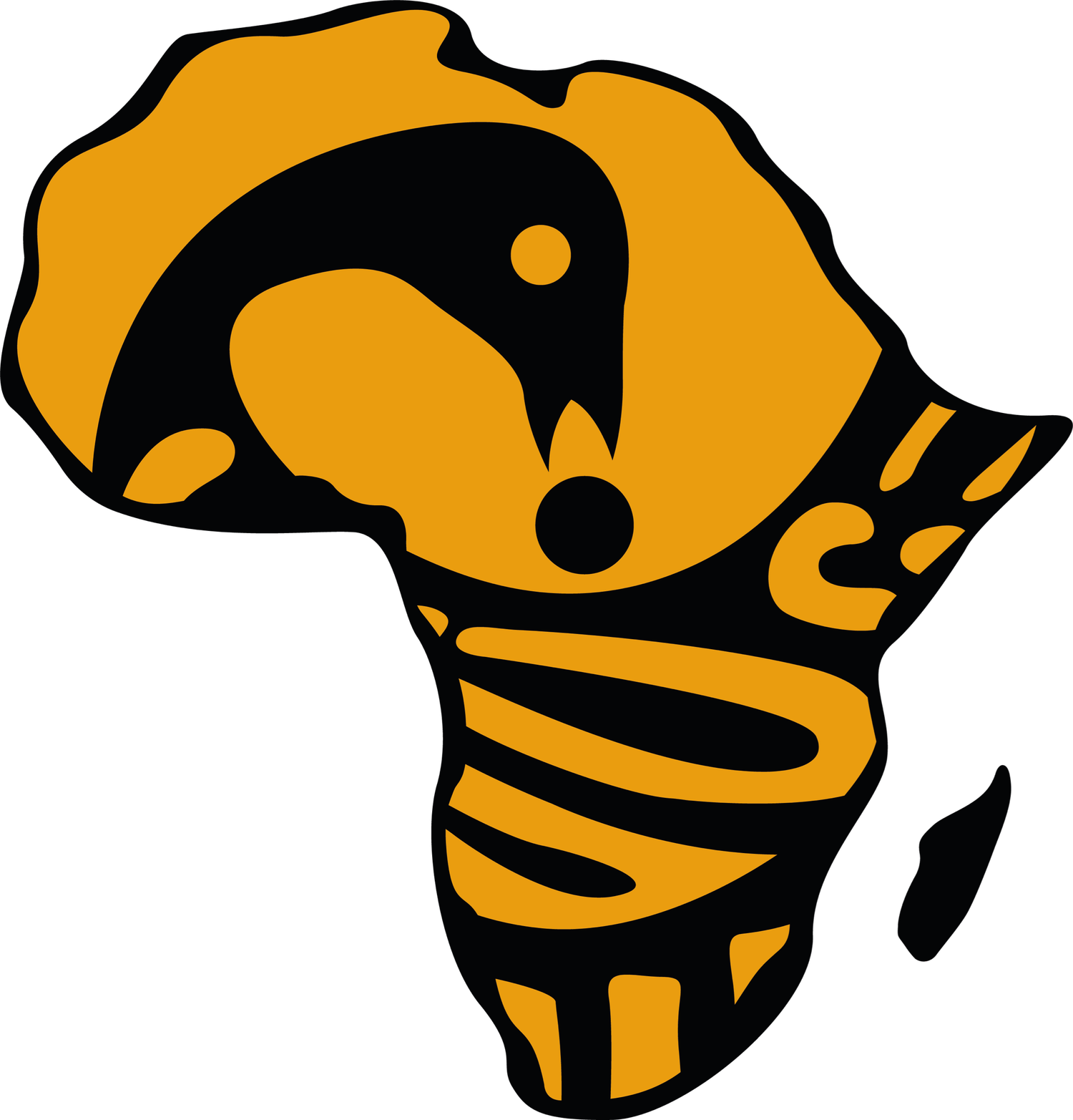The Twilight Period
Click here to download this lesson in slideshow format
Welcome to West Africa Level 1, Lesson 3: The Twilight Period
In this lesson, you will learn about:
The Ashanti Union
Trade across this region of Africa
The Kingdom of Dahomey
Objectives
By the end of this lesson, you will understand:
Who established the Ashanti Union
How the Union became an Empire
The capital of the Ashanti Union
How Dahomey was founded
Who Agaja Trudo was
Who the “Amazons of Dahomey” were
The Ashanti Union was established around the year 1700, ruling over what is today Ghana for 200 years. Osei Tutu founded the union by encouraging unity based on loyalty to the national symbol of the Golden Stool. The stool supposedly fell from heaven and landed in Osei Tutu’s lap.
The union quickly became an empire after taking over neighbouring states. The foundation of the empire was international trade as corn, sweet potatoes and pineapples were grown and sold. Gold was an important trading item, and the slave-trading of conquered enemies was also profitable. They traded with other West African states as well as with the English and Dutch.
Osei Kwado made organisational changes to the empire that led to the growth of a civil service. This allowed for important commercial, financial and political posts to be based on skills and not on family trees. The empire also had an efficient network of messengers that carried the emperor’s orders across any part of their territory.
The Ashanti army were supplied with muskets - a type of old gun - from Birmingham, England. This enabled the Ashanti Empire to establish itself as the most important power in the region. The empire during this time grew larger than today’s Ghana.
By the early nineteenth century the capital, Kumasi, boasted two-storey buildings, arcades and a population of 40,000. Four main streets of Kumasi were half a mile long, and all the streets were named. According to the English, every house had an indoor toilet in a separate room. Hygiene in African cultures was extremely important, and boiling water would be poured down these toilets daily.
The ruler’s palace consisted of courtyards - as many as 12 - with gates and doors. The building style was similar to that of the Moors, and multiple apartments were found on the first floor. The king wore handcrafted, gold-studded sandals with Arabic written on the soles. Leopard skins and red leather were commonly worn.
Around 1600 the Kingdom of Dahomey was founded out of the small communities that were weakened by the Trans-Atlantic Slave Trade. This collection of communities continued to grow as the Slave Trade continued to destroy the surrounding areas. Its development was influenced by the Yorubas of the Oyo Empire. There were even states such as Ketu founded by migrants from the Yoruba city of Ile-Ife. By 1700, the Kingdom of Dahomey had become a significant power in West Africa.
Agaja Trudo was the king of Dahomey, ruling from 1718 to 1740. Seeing his kingdom suffer from the Slave Trade, he sent an ambassador to London to negotiate ending Britain’s enslavement activities. This, however, was unsuccessful. In retaliation, from 1724 to 1726, he led campaigns where he looted and burned European forts and slave camps, massacring slave dealers and European ship captains.
His army was made up of an all-women guard, known as the “Amazons of Dahomey” in European literature. These Dahomean warriors came to greatly influence African resistance to slavery both on the continent and in the Americas. Apparently, they served as an inspiration for the Dora Milaje in Marvel’s “Black Panther” film and comic series!
However later in the century, the breakdown of neighbouring civilisations and the disruption of societal laws due to the Trans-Atlantic slave trade forced Dahomey to adopt slaving as its main economic activity.


